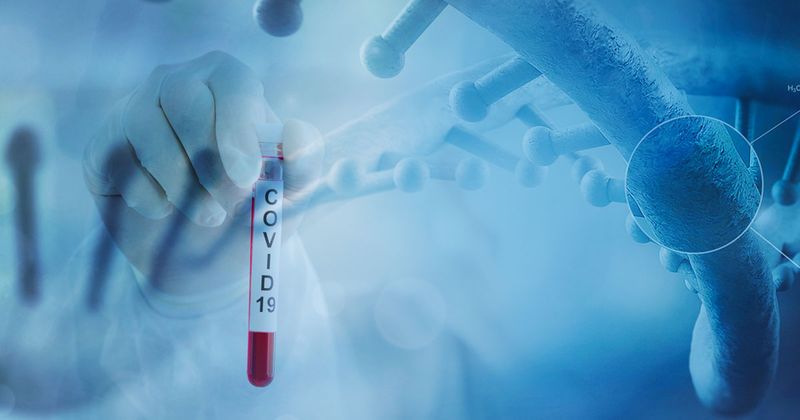Frantic search for COVID-19 cure gives rise to ‘Wild West’ of clinical trials
Keeping pace with the worldwide “deluge” of clinical trial developments pertaining to COVID-19 can be a full-time job, according to a presenter at the 2020 Association of Women in Rheumatology National Conference.
“It is hard to keep a handle on what is going on here,” Leonard H. Calabrese, DO, chief medical editor of Healio Rheumatology, and professor of medicine at the Cleveland Clinic Lerner College of Medicine of Case Western Reserve University, said in his presentation. “It is like the Wild West.”

Source: Adobe Stock

There are currently at least 3,000 trials registered on ClinicalTrials.gov, two-thirds of which are therapeutic, according to Calabrese. He added that more than 40,000 papers have been published on the pandemic since January. “It is like drinking from a fire hydrant,” he said.
Further complicating matters is that researchers are trying myriad — and in some cases, conflicting — approaches to mitigating the infection.
For example, some trials are testing the utility of granulocyte-macrophage colony-stimulating factor (GMCSF) therapies in certain COVID patients, while other trials are anti-GMCSF. Similarly, some treatments aim to booster TNF-based defense mechanisms, while others seek to reduce TNF.
In an attempt to make sense of the noise, Calabrese broke down the stages of COVID-19 infection into three “acts.”
Act one consists of asymptomatic patients and those who can “beat back” the virus, according to Calabrese. “Some people recover and never make antibodies at all,” he said.
However, most patients go on to the second act. “This is when innate immunity fails and adaptive immunity takes over,” Calabrese said. Adaptive immunity consists primarily of a T-cell response that attacks the virus. “Over a couple of weeks, most of the immune response cells die, but a few are shunted into memory.”
Individuals who progress to act three are those in the high-risk categories that have been described in the literature. These include patients with “immunologic or chronological aging, morbid obesity, diabetes, heart disease and renal disease,” Calabrese said.
These patients experience endothelial dysfunction and immunocoagulopathy, among other severe outcomes, according to Calabrese. “This is what people succumb from, as opposed to widespread viral complications,” he said.
Moreover, some patients with COVID-19 experience the heightened inflammatory response Calabrese refers to as “cytokine release syndrome,” which may also be called cytokine storm syndrome. T cells are involved, along with B cells and inflammatory cytokines. “They are all capable of eliciting profound damage to danger signals and our tissues,” he said. “The same players that are elevated in cytokine release syndrome are elevated in COVID.”
Rheumatologists are perhaps more familiar with the cytokine storm than many other specialists, given that patients with systemic juvenile idiopathic arthritis, lupus and Still’s disease all experience this complication.
The challenge for both rheumatologists and clinicians treating these patients, of course, is that tampering with the immune system in patients with immune-mediated conditions can be a tricky proposition. “The immune system is all about balance,” Calabrese said.
Above all, Calabrese urged clinicians to keep an open mind about the many big questions surrounding COVID-19 that still require answers, including the question of whether to stimulate or suppress the immune system. To this point, he returned to the “deluge” of information that continues to emerge. “You can have strong feelings about this, but the data are the data, and that is what I am going to stick with,” he said.

